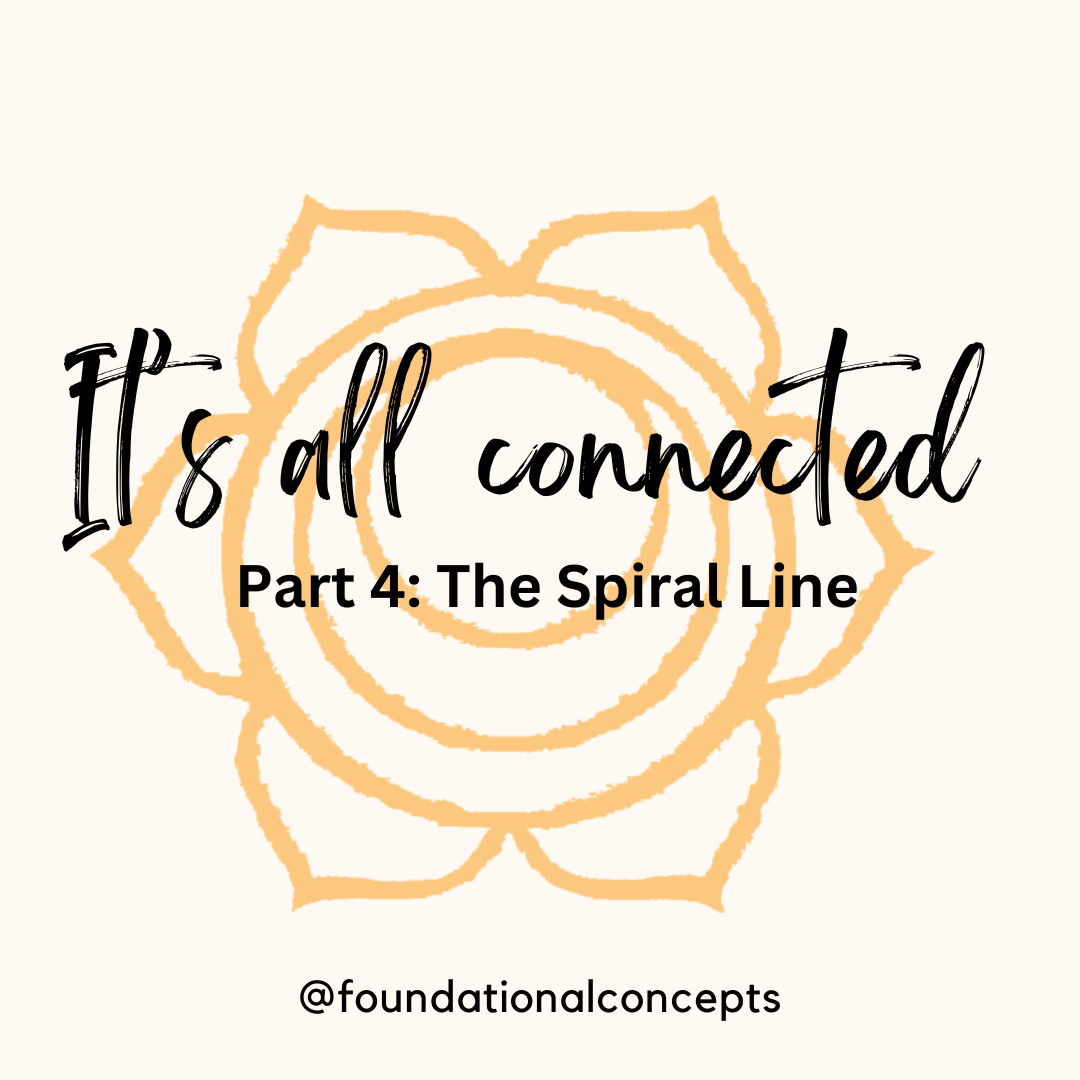Increased intra-abdominal pressure is a large contributor to pelvic organ prolapse and to worsening symptoms. …
Fix Your Baby Belly and Stop Doing Crunches – Forever!
What is Diastasis Rectus Abdominus? A Diastasis is a separation, the Rectus Abdominus is the abdominal muscle better known as the six pack muscle. A separation, or tearing of the fascia in the center of this muscle, the Linea Alba, happens to many women during and after pregnancy. This condition can be very visually unappealing, especially as we head into summer and swimsuit season. Besides this tummy condition being quite displeasing to us moms, it is also a significant risk factor for back pain, pelvic girdle pain, incontinence and pelvic organ prolapse. It often resolves on it own within 8 weeks. If it lingers, do not stress, it can be very successfully treated with exercise, education, awareness of postures and body mechanics and an abdominal binder.
Let’s begin with the anatomy. The abdominal canister is a functional unit made up of components of the abdominal cavity that synergistically work together. It is made up of abdominal and pelvic organs that are housed by several muscles.
The diaphragm, the psoas muscle, the pelvic floor musculature, the transversus abdominis (TA) and multifidus muscles. These muscles all share associated fascial and connective tissue connections. They are supported by boney structures of the thoracolumbar vertebral column and rib-cage and the pelvic bones. There are many joints within the cannister which need stabilization during daily activities. Improving the function of this cannister will provide spinal and pelvic girdle stability, support pelvic organs and restore continence or prevent incontinence. The intricate relationship of these muscles is such that when one is injured and weak or painful and tight the entire system suffers and becomes dysfunctional. In particular when the Rectus Abdominus muscle and it’s fascia is torn or separated by pregnancy, the front wall of this cannister is weakened. This allows for poor postural support, poor organ support and causes the other muscles of this unit to have to work harder in a disadvantaged position.
The image on the right shows a good example visually of what happens when there is damage to the abdominal cannister. The front abdominal wall weakness allows for posture to suffer, the rib-cage falls forward, the cervical, throacic and lumbar spines are impacted negatively, the pelvic rotates forward, causing pull on the Psoas muscle. the Psoas muscle often responds by over recruiting itself to make up for the lack of support in the anterior wall and becomes tight and painful. The poor posture also creates pressure into the pelvis, weakening the already insulted pelvic floor musculture and decreasing support for the pelvic organs. All of the muscles of this unit share fascial connections so poor posture and poor positioning of one muscle effects every muscle in some way. The many joints in the spine, rib-cage, pelvis hips and knees are all affected. When a joint is under constant stress cartilage is damaged and joints become painful.
Many women get to work exercising and most women start with crunches and abdominal work, that seems like a reasonable place to start, right? If this applies to you, stop those crunches now and keep reading! No more crunches! Hooray! What actually needs to happen is you need an abdominal binder and you need to wear it for a good 6 weeks with all activities and exercise. Think of it like a cast for your broken belly, The binder brings the fascia back together and supports the weakened abdominal wall and allows it to heal in the correct position. Crunches are a repetitive injury to an already injured tissue, as well as putting stress on the discs of the low back and putting you at risk for disc injury. So, step one is stop those crunches and get an abdominal binder. I marvel at old wisdom. Those uncomfortable looking girdles our grandmothers wore, were ahead of their times! They knew a lot more than we gave them credit for! They weren’t going to have that unsightly belly bulge, so they bound it up, and in doing so, likely resolved their diastasis unknowingly.
The exercise progression that is appropriate for improving Diastasis Recti focuses on strengthening the Transversus Abdominus, Multifidus and Pelvic floor musculature together with improving diaphragm function. As well, a skilled physical therapist can examine you to determine other musculoskeletal concerns that are also impacting your recovery. Often a vaginal exam of the pelvic floor may reveal not entirely weak muscles, but also muscles that are in spasm, for which strengthening will cause more harm. There may be tightness in not just Psoas but in other hip and pelvic muscle imbalances. It is important to evaluate your system from head to toe to determine the best individualized exercise program for you. This will optimize your exercise efforts and save you time and money spent on programs that are not right for everyone. We are all very different from our postures and structure to even our daily activities and our emotional state. This requires an individual program to see best results.
Posture and Body Mechanics are a huge factor in improving that mommy belly. When you stand with your head forward, and your shoulders slumped you let that abdominal wall hang and increase pressure on the torn tissue, pressure on the pelvic organs and stress on the spine, ribs and pelvic joints; not to mention the bind that puts the diaphragm in for full function. You can exercise and stretch to your heart’s desire, but if you leave the gym and spend you day in a yucky posture all you have done is for naught. You return to bad habits, force muscles to function in poor positions. Your mom knew something all those times she told you to stand up straight. It is so important for improving your baby belly and protecting your body from injury and pain.
So stop those crunches, bind that belly and find a PT who is knowledgeable about Diastasis and pelvic girdle dysfunction after baby to help you design a program that will be optimal for you. The results are fantastic with consistent follow through and dedication to the program.
–Sarah Dominguez, PT, MSPT, CLT
This blog is here for your help. It is the opinion of a Licensed Physical Therapist. If you experience the symptoms addressed you should seek the help of a medical professional who can diagnose and develop a treatment plan that is individualized for you. If you enjoyed this blog, check out our website at foundationalconcepts.net for more blog entries and to learn more about our specialty PT practice, Foundational Concepts. Follow us on Twitter @SarahpelvicPT or @Jenn_pelvic_PT and like us on Facebook at Foundational Concepts for updates.







This Post Has 0 Comments